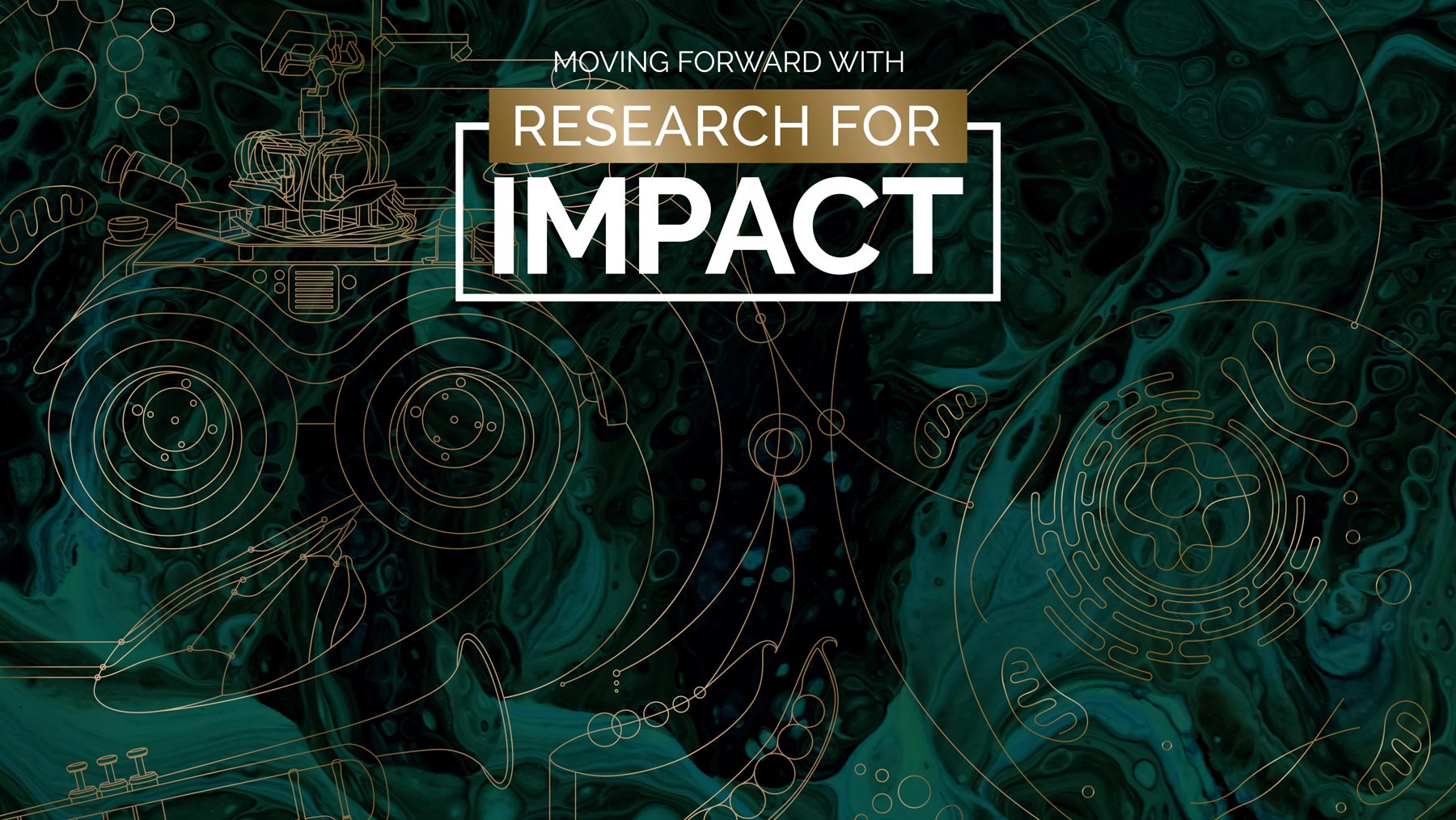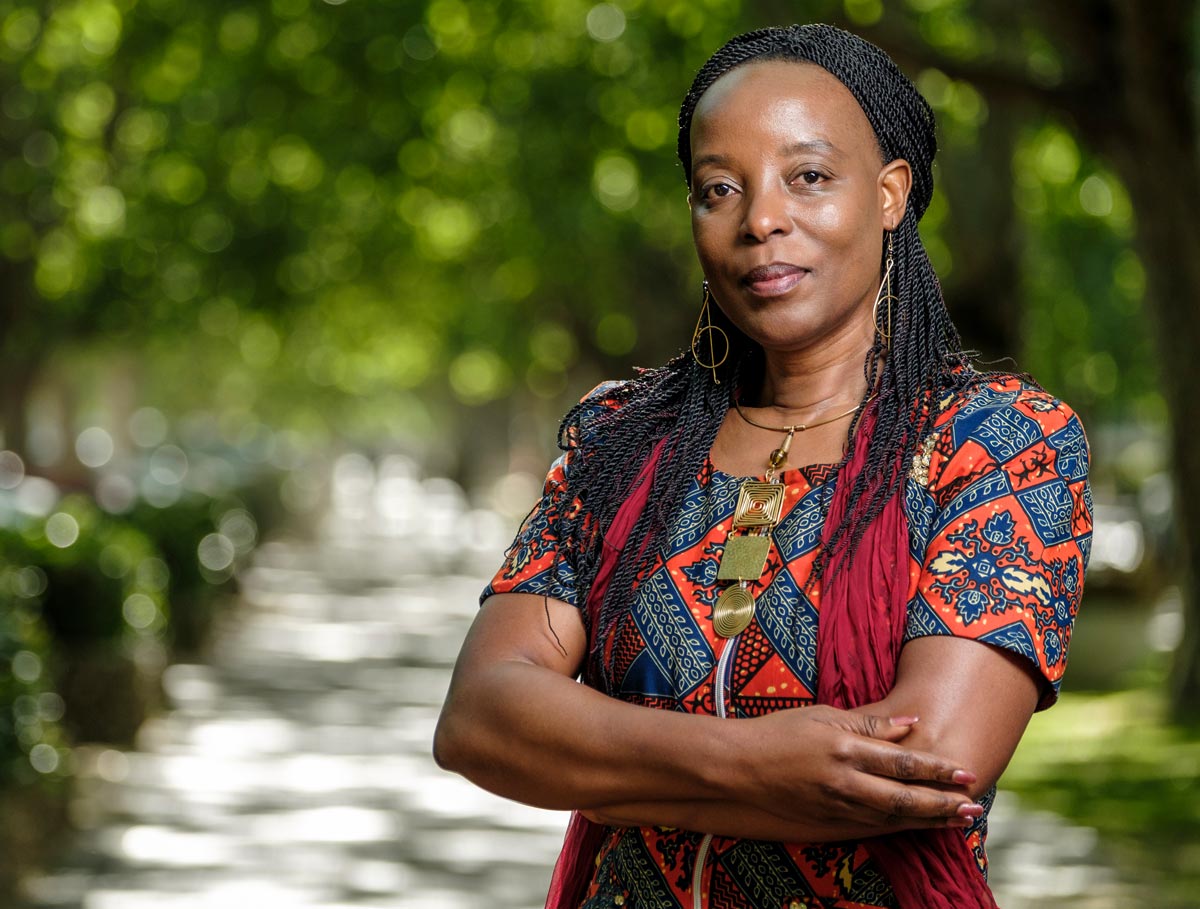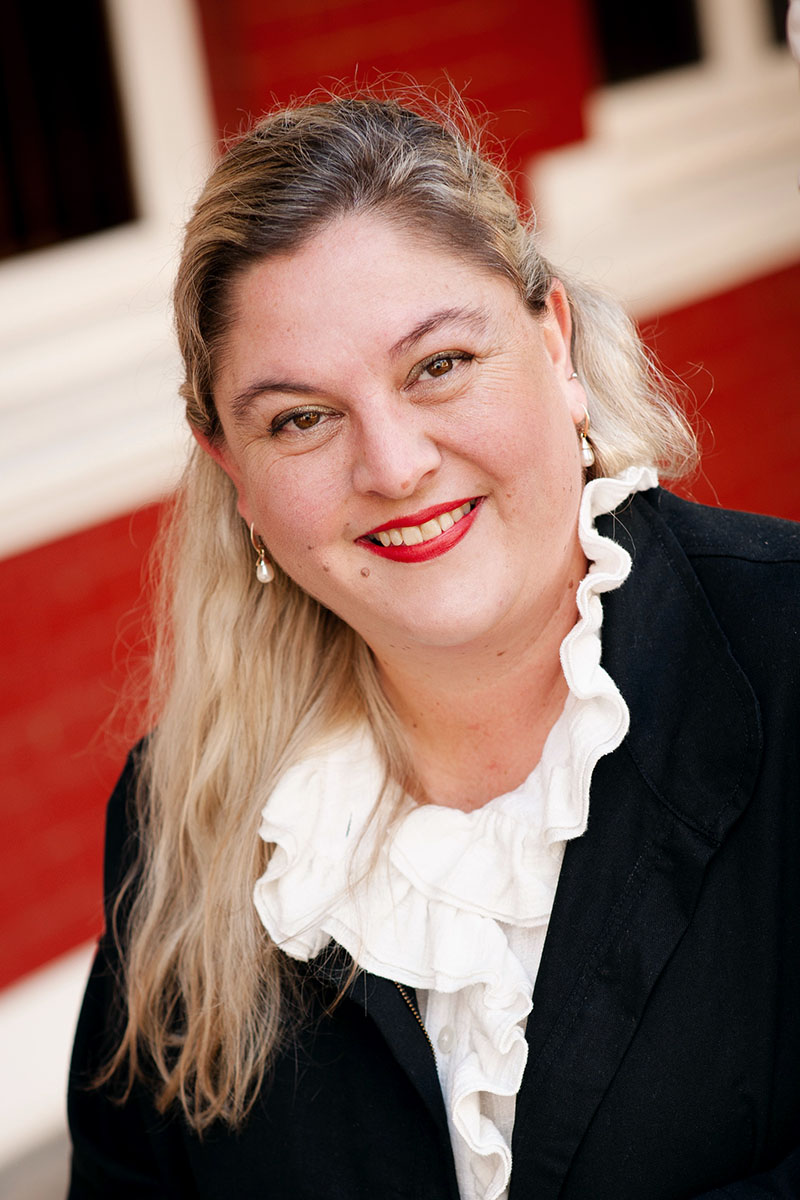

Prof Sibusiso Moyo | Photo by Stefan Els
A message from Prof Sibusiso Moyo
Research for impact
Welcome to our digital magazine titled ‘Research for Impact’.
At Stellenbosch University (SU), we continue to push the boundaries of knowledge and possibility with research aimed at improving livelihoods and society, both nationally and across the globe.
Knowledge exchange through activities that engage different audiences can make a significant difference in how research efforts at SU address questions, events, and problems. In this publication, we tell the stories of our research processes by involving both those doing the work and those affected by it.
Here, you will read about the innovative research that our scientists perform, not only for the sake of knowledge production in their respective fields but also to make a real difference in society.
We are excited to engage a broader audience with this publication, and foreground our efforts to develop and strengthen specific research projects and collaborations.
We show you how our researchers integrate knowledge and methods from different disciplines, using a true synthesis of approaches. We also shine a spotlight on expertise in emerging areas of research.
We have included stories representing each of the University’s five strategic research areas in order to showcase the important initiatives and innovations taking place not only on our campuses but also in respective academic fields.
Where relevant, we show you how this relates to national, regional, and global goals to ensure sustainable development and improve prospects for people and the planet.
This publication offers a mix of articles on the latest research and interviews with leading scientists, all written in a clear, accessible style to appeal to both scientists and the general public.
Together, these articles tell the story of our scientific endeavours and of our progress towards doing research for real-world impact.
Prof Sibusiso Moyo
Deputy Vice-Chancellor: Research, Innovation, and Postgraduate Studies, Stellenbosch University

Maryke Hunter-Hüsselmann | Photo by Erhardt Thiel
From the editor
Telling our stories, digitally
We live in a digital age in which online science communication has become the norm. Web publishing standards have risen dramatically across the board, and the field of higher education is no exception. The best science stories on the web nowadays benefit from good storytelling, innovative design, and the smart use of multimedia. As such, we decided to reassess how we communicate about research for impact at SU.
The result is our very own digital research magazine, Research for Impact. In this publication, we employ a digital-first approach to research storytelling, as well as digital-magazine best practices to showcase our research outputs. We also prioritise the digital readability of our unique, tailor-made content for different devices.
Striking photographs, illustrations, infographics, videos, and sound bites deliver a rich reading experience. Regular additions to the website will ensure that the content remains relevant.
Click through our collection of stories in your own time, and do keep checking in for updates.
Maryke Hunter-Hüsselmann
Director: Research Information and Strategic Initiatives
A curated selection of the magazine’s content is available in the form of a booklet that can be downloaded below. Our content is updated regularly, and access is free.